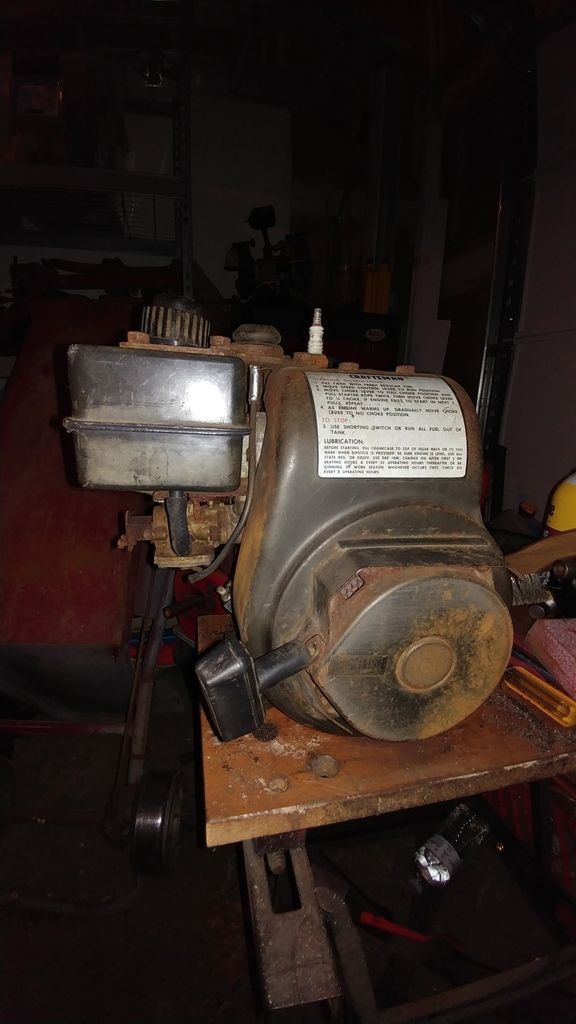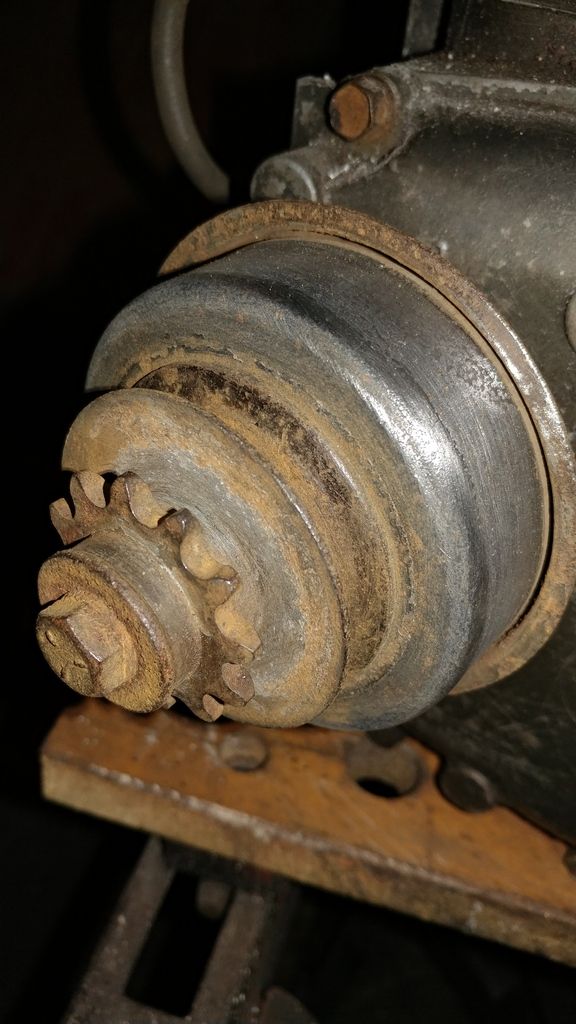Another thing to point out, is that some H25's, or the ones equipped with those manifolds, had their fuel tanks right above the carburetor. Maybe this would explain the unusual length of the manifold? As the fuel tank sat right above the carb, they needed to lower the carb itself to accommodate for the fuel tank. I'm not sure what the logic was behind putting the tank on the same side as the carb, maybe they wanted a more compact unit! Or it could have been a cost cutting measure :shrug:
I think that because the manifold needed to be stretched and flattened out to accommodate for the fuel tank, they couldn't make the size of the inlet as big as the standard 3.5HP manifold as they ran out of aluminium to work with! Hence the much smaller diameter hole. I can't comprehend why they made it a two piece part however, this adds another gasket into the mix!
Will we ever get to the bottom of this? :laugh:
-Jack





